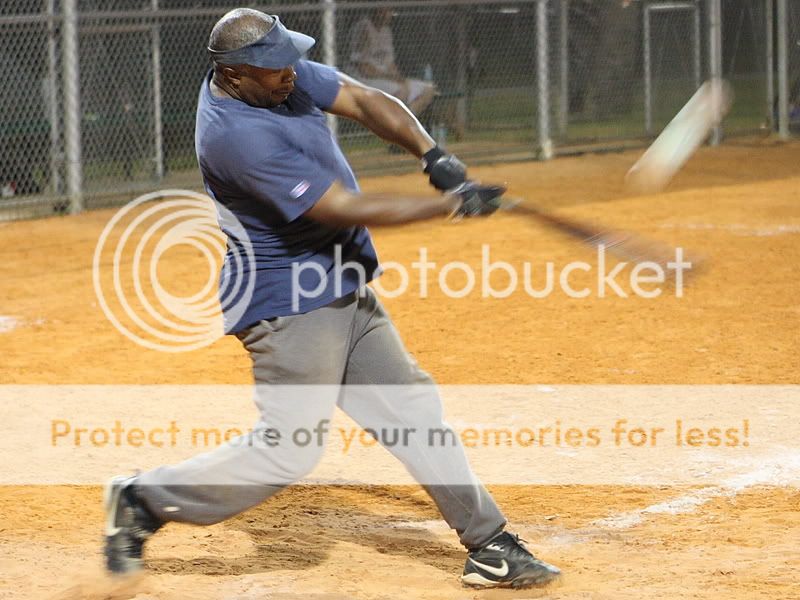You just made me smile REALLY big! NG?!?!?! Cute as stink you are! So A mode, I thought that since we were low light, and I am trying really hard to stay out of the Auto zone, would be best. Then I read that "P" mode would be good too. I have seen a couple of DVD's, and read a couple of "dummies" articles, so I am going on bare bones. I am shooting a Nikkon D80, with a SB900 flash. I have 2 diff lenses, (I will be more presice in the am). I have read many of your posts on this thread before, so I TOTALLY respect your advice, and appreciate that you have even taken the time to read my little thread. ANY advice (basic, dummy mode please) would be appreciated. I would love to shoot like threats on this thread!!!!!! PS, I only use Picaso, no photoshop, maybe one day, but, I would like to go without it as much as poss.
QUOTE]<a href=showthread.php?s=&postid=14047613#post14047613 target=_blank>Originally posted</a> by TitusvileSurfer
I am sorry, I didn't mean to offend. It is 1:00 in the morning and this is going to turn into a novel so let me get back to you later. I promise I'll come back.
You need to research Aperture, Shutter Speed, and ISO first.
The Aperture of your first shot if I remember correctly was f/13. It wont let me view exif now which is very odd. Aperture is used primarily to increase depth of field (how much of the picture is in focus). For your reef shot you don't need much depth of field without a background, so a MUCH wider aperture such as f/4 would has sufficed. When you go all the way out to f/13, image quality starts to suffer. You are also wasting a lot of light coming in through the lens because f/13 is so far overkill for what you needed. This is exponentially true because you didn't have enough light to get your shutter speed up. Again I can't see the exif now but if I remember you used a shutter speed of 1/4 of a second. I think you were at something like 60mm, but I'm really guessing on the focal length. I don't know what camera your using so we'll say you have a 1.6x crop factor. Well you should be hand holding at least 1/100 of a second. If you pulled your aperture down to f/4 or f/2.8 this would have been fine and the picture would have been crisp and sharp.
The crazy thing is that you didn't use full auto mode. You used aperture priority (if I remember) which mean you selected f/13 on purpose. Your poor camera was forced to pick a shutter speed of 1/4 and the blurry photo is the result. These settings that didn't make any sense were intentionally selected, which is what prompted my statement that they were ridiculous. I stand by that statement but we will hone your skills and have you working for National Geographic in no time. [/QUOTE]

